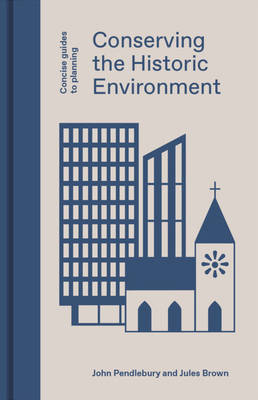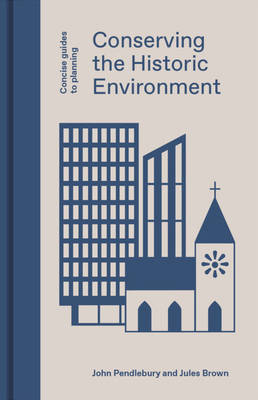
Door een staking bij bpost kan je online bestelling op dit moment iets langer onderweg zijn dan voorzien. Dringend iets nodig? Onze winkels ontvangen jou met open armen!
- Afhalen na 1 uur in een winkel met voorraad
- Gratis thuislevering in België vanaf € 30
- Ruim aanbod met 7 miljoen producten
Door een staking bij bpost kan je online bestelling op dit moment iets langer onderweg zijn dan voorzien. Dringend iets nodig? Onze winkels ontvangen jou met open armen!
- Afhalen na 1 uur in een winkel met voorraad
- Gratis thuislevering in België vanaf € 30
- Ruim aanbod met 7 miljoen producten
Zoeken
Omschrijving
Why do we decide that parts of our built environment are worth the special attention that heritage designation brings? How can the character of conservation areas and other historic places continue to evolve to provide new housing, release their economic potential, and enhance communities? What are the principles to understand when judging the impact of new development or alterations to our significant heritage assets? And what about the future of conservation? In seeking to answer such questions, this book provides a grounding for planners and other related professionals in the key concepts associated with conservation and how to apply them in practice. It begins by setting out the values and principles that underpin the current conservation planning systems, explaining their historic context and evolution, and critically examining these systems and possible counter-approaches. Illustrated by a wide range of examples of historic and modern buildings, conservation areas, world heritage sites, parks, and gardens, it then focuses on decision-making and the management of change. It discusses how the conservation of the historic environment has become increasingly linked to other social and economic policy objectives before identifying key lessons and implications for future policy development and planning practice.
Specificaties
Betrokkenen
- Auteur(s):
- Uitgeverij:
Inhoud
- Aantal bladzijden:
- 160
- Taal:
- Engels
- Reeks:
Eigenschappen
- Productcode (EAN):
- 9781848222991
- Verschijningsdatum:
- 1/11/2021
- Uitvoering:
- Hardcover
- Formaat:
- Genaaid
- Afmetingen:
- 137 mm x 202 mm
- Gewicht:
- 371 g

Alleen bij Standaard Boekhandel
+ 112 punten op je klantenkaart van Standaard Boekhandel
Beoordelingen
We publiceren alleen reviews die voldoen aan de voorwaarden voor reviews. Bekijk onze voorwaarden voor reviews.











